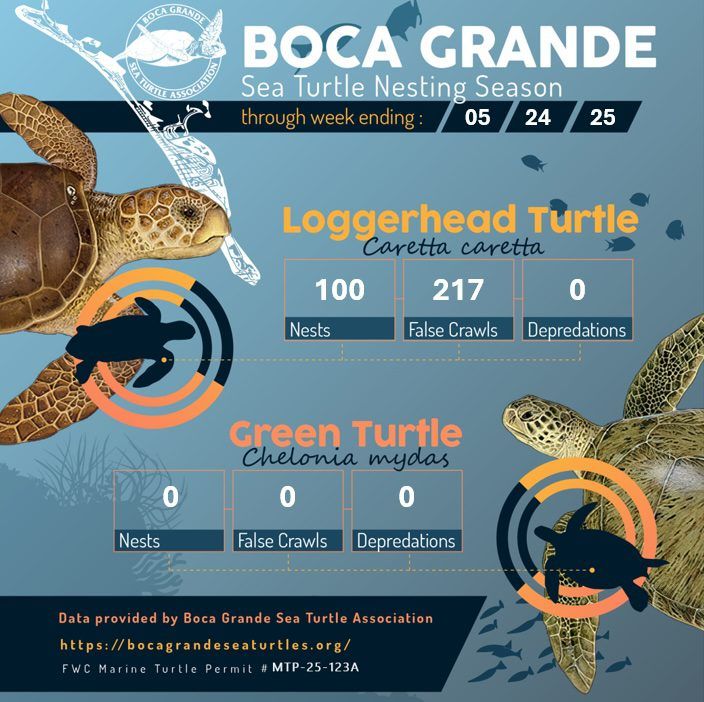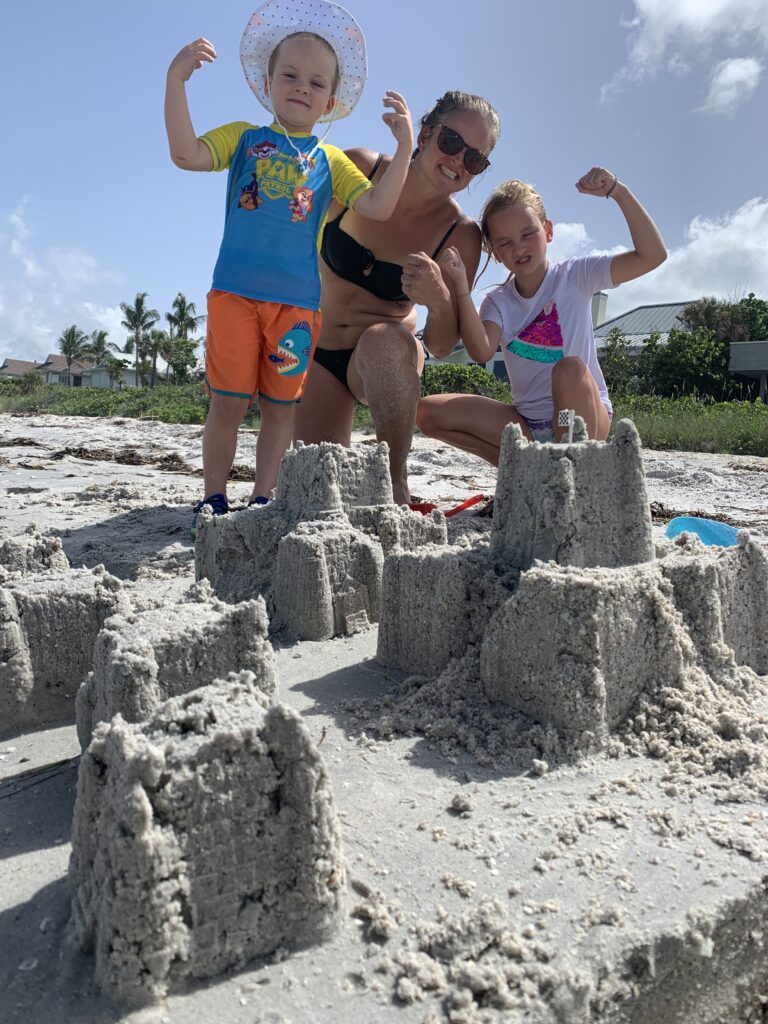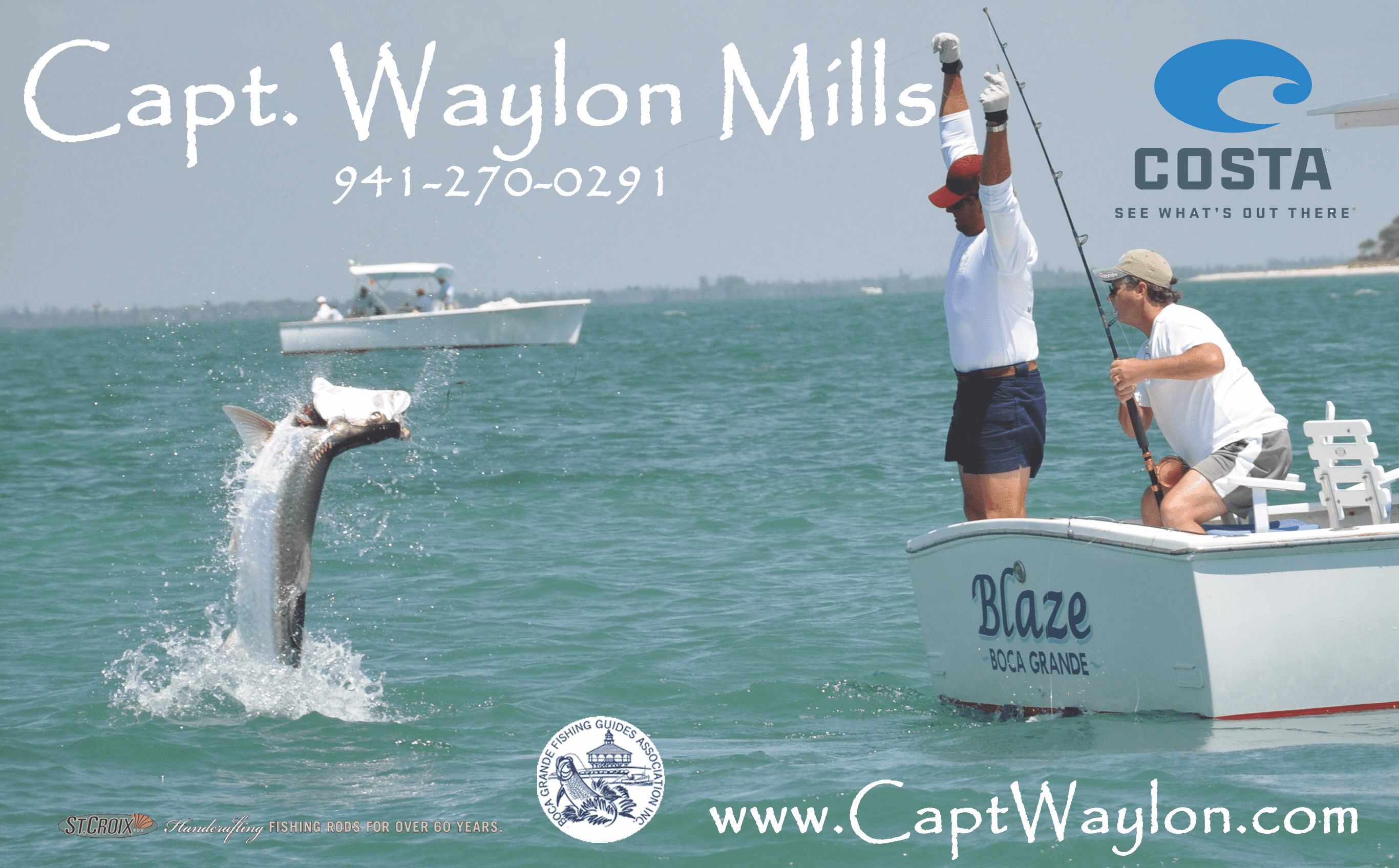First hatchlings to come; big nesting females still get stuck in holes

BY ARLENE HALL,
BGSTA SECRETARY
This week, our loggerhead turtle mothers laid their 100th nest of the season. It will be interesting to see how May 2025 compares to May 2024’s activity. Final monthly statistics will be compiled next week, so check back. In last week’s article, I wrote about keeping the beaches dark during sea turtle nesting season, and this week’s focus is on keeping them flat and clean.
Playing on the sand, including digging and building, is a highlight of a day at the beach for both young and old beachgoers. Who hasn’t packed, stacked, and carved out their personal vision of a magical sandcastle near the water’s edge, complete with a strategically designed deep moat that ideally fills up once the tide comes in? Others enjoy building up and sculpting different sand creations such as the full-size sand sofa I came across a couple of weeks ago. On any given day, I come across foot-deep heart-shaped holes wide enough to fit an iPhone for that perfect, beachy social media post. On occasion, I’ve encountered very wide and deep holes that had to have taken someone hours to dig, although the purpose is beyond me. All these make for a fun time at the beach for us humans, but they make for a tough, perhaps even life-threatening, time for sea turtles.

While nesting females are very large and can weigh hundreds of pounds, their crawls through the sand can be significantly impacted by holes dug and structures built in the sand. Depending on the size, shape and depth of a hole, a nesting female may fall completely in or may tip sideways and get stuck in a hole left on the beach. If a nesting female encounters a manmade structure like a large sandcastle, a mountain built from gathered rocks, sticks and other miscellaneous items found on the beach, or even that life-size sand sofa, she may decide it’s not worth the effort to try to find a way around it and she will turn and head back to the water without nesting.
Our first hatchlings will emerge from their nests within the month or so. These little critters, about 1.5 to two inches long, must get to the Gulf as quickly as possible. As you can imagine, it doesn’t take a very deep hole or a tall castle wall to create major problems for them. I’ve even seen a hatchling struggling to get out of a footprint! While most hatchlings are surprisingly energetic, any barriers they must crawl over, around, or out of, use precious energy they need to swim miles away from shore to the safety of seaweed floats. That extra time on the beach also exposes them to land- and air-based predators as well as the searing sun. Any of these dangers can quickly lead to a hatchling’s death.
Other dangers include trash and beach equipment left on the beach. Please take the time to clean up your trash and dispose of it properly – and that doesn’t mean burying it in the sand or putting it in a plastic bag and leaving it in the dunes. I could write an entire article on the surprising and disgusting things we turtle patrollers have discovered in the mornings – yuck! All public beach accesses have waste receptacles. Use them!
Remove beach umbrellas, chairs, fishing poles and accessories, and all the other paraphernalia you brought out to the beach (including the broken ones). Do not leave anything on the beach overnight, even if you intend to return the next day. Overnight, when nesting females and hatchlings are active, they can ingest certain trash items or get caught or entangled in other items left on the beach, leading to injury or death.
So go enjoy the sandy shores of Gasparilla Island and dig, build, sculpt, play and party to your heart’s content. Then before you leave the beach for the day, do our nesting and hatching sea turtles a huge favor by checking your area and removing all your stuff (trash and beach items). You may find you can have as much fun erasing your creativeness (filling in holes, smashing walls and sculptures) as you did in digging or building it. The most important thing is to leave the beach clean and flat.
From Florida State Parks:
Gasparilla Island: 2 Loggerhead
Cayo Costa: 62 Loggerhead
Don Pedro: 14 Loggerhead
Stump Pass: 4 Loggerhead









